Abraham op den Graeff (1651 – 1731)
One of four signers of the first anti-slavery protest document written on American soil
Hartford Inlow’s six times great grandfather, through William Harvey and Mabel Cheney Inlow
+++++++++++++++++++++++++++
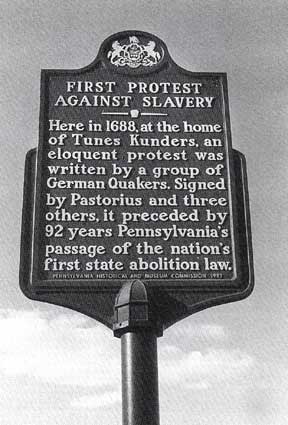
On November 1, 2020, the film, “Harriet” will be released into theaters. It is a film presentation of the story of Harriet Tubman. Now, I certainly don’t claim to be related to Harriet Tubman! And I can’t really recommend the film because it hasn’t yet been released (though critics on the Rotten Tomatoes website give it 63%, not great but certainly not terrible, either). Nonetheless, the release of this film provides an opportunity to write about my six times great grandfather, Abraham op den Graff, who more than three centuries ago played his own part in our country’s battle against slavery and racism, something which has been an important part of my family heritage.
Abraham arrived with his wife, Katharina, and several other family members (including his mother who died only days after the October 6, 1683 arrival of their ship in Philadelphia). The heads of the thirteen families who arrived on board the Concord are known today as, “The Original Thirteen,” and are celebrated as the original settlers of the first German settlement in North America: Germantown, today a part of Philadelphia. Three of the thirteen were Op den Graeff brothers, Abraham, Dirck, and Herman.
On October 25, 1683, the original thirteen met to draw lots for sites on which to build their homes. A total of 1800 acres had been purchased from William Penn and allotted to them. All of them were Quakers or Mennonites, and they came seeking religious freedoms not afforded to them in their German homelands.
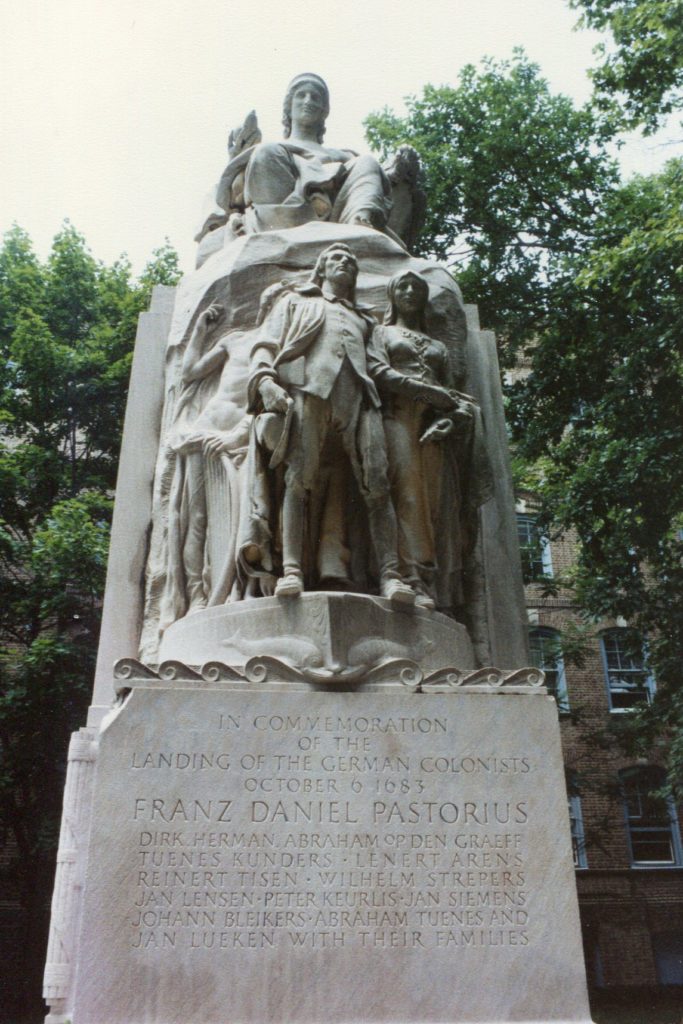
The original thirteen families were subsequently joined by many others. In 1686 a Quaker meeting house was built. Though initially Mennonites, the op den Graeff family found the Quaker ways compatible enough with their own, so joined the Quakers. A very good Wikipedia article on, “1688 Germantown Quaker Petition Against Slavery,” provides helpful background and history which does not need to be repeated here. I encourage you to read the article (a link is at the end of the text).
These folks, and their stories, are indeed amazing. You will find lots more about them by Googling things like, “original thirteen German settlers,” “Germantown settlement” and the like. But in this post I want to focus on one specific action they took less than five years after arriving: four of them (including Abraham) created and signed the first anti-slavery protest document produced in North America, known as the Germantown Slavery Protest.
In 1688, Daniel Francis Pastorius, leader of the settlement, along with three other men including Abraham op den Graeff (also his brother, Dirck), signed a document petitioning the Dublin Quaker meeting to take action to abolish slavery. Central to the arguments in their petition was the principle of the Golden Rule (Matthew 7:12 – which in the King James translation reads, “Therefore all things whatsoever ye would that men should do to you: do ye even so to them”), on which they wrote an extensive and well-reasoned defense of the idea that that every human, regardless of belief, color or ethnicity, has rights that should not be violated. The ideas articulated in the Germantown Anti-Slavery Protest became central to the American struggle against slavery and racism over the next 200 and 300 years.
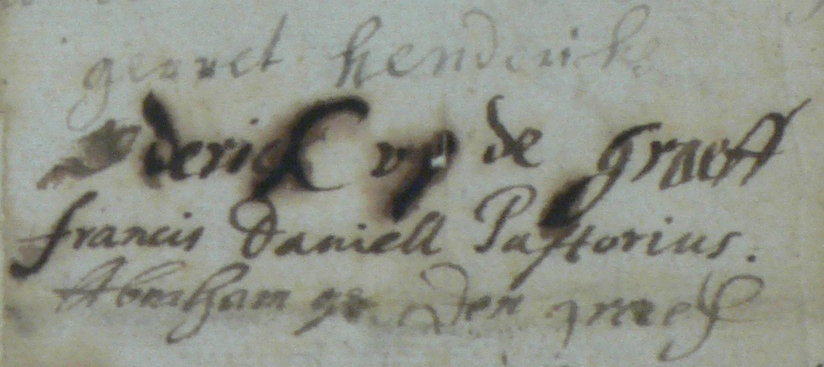
It seems not much happened at the time. It was presented to the meeting, put off, tabled, neglected…after creating a bit of a stir, it appears to have died a quiet death…forgotten…then lost completely. The practice of slavery continued to be tolerated in the Quaker society of Philadelphia and Colony of Pennsylvania…for a time.
But in fact the ideas and principles first articulated by Abraham and his co-signers were not dead at all. Over the following century they were picked up by others…articulated, debated, and in 1776 all Quakers were forbidden to own slaves. In 1780 the gradual abolition of all slavery in Pennsylvania was initiated…a little over 80 years later the Emancipation Proclamation was written. As you will read it the Wikipedia article, the petition was rediscovered over 150 years later, at just the time the abolition movement was gaining steam. A century later it was lost once more…but rediscovered in 2005. It now holds a very special place in the history of abolition in our nation.
If you descend from Mabel Lora Cheney and William Harvey Inlow, you are a direct descendant of Abraham op den Graeff, who helped write, and who signed, this first anti-slavery protest on American soil. That is, for me at least, a quietly humbling realization. I can take no credit for anything my ancestors did (or blame, thank goodness…since there are a few genuine scoundrels in the family tree!!). But I do feel a humble, quiet pride to be able to call Abraham op den Graeff a sixth great grandfather, and Dirck a sixth great uncle. They were central figures in one of the pivotal movements of the history and development of our nation.
My mother told stories of being a girl in Oklahoma, waking up to crosses burning on their front yard – my grandfather, Rev. Roy Harp, was an outspoken foe of segregation. My father and mother, Hartford and Esther, went to Selma, Alabama, in 1965 to march across the Edmund Pettus Bridge with Dr. Martin Luther King and many others…and suffered greatly as a result. Lynn and I spent years of our lives living and working in Tanzania, East Africa…and one of the most important commitments we have continues to be The Lion of Judah Academy in Tanzania.
I most definitely am not one of those who believes that who and what I am today was determined by my ancestors. But I do find a quiet, humble peace in knowing that my parents were…that my grandchildren and I are…descended from Abraham op den Graeff, who signed the first anti-slavery document written on American soil. Had my parents known about that before they died I think they would have been surprised…but only a bit. “It must be in our DNA,” they might speculate. I think they also would have been humbly pleased to know they were not the first…or second…or third of our ancestors to stand up to say, “Enough!” to slavery, racism and evil.
In my heart, that’s something special. And it’s something I’ll be thinking about as I settle down into my theater seat to watch, “HARRIET.”
++++++++++++++++++++++++++++++
Here is a link to a Google Tour Builder Tour which briefly sketches Abraham’s life from Germany to his death in Perkiomen, Pennsylvania. It will open in Google Tour Builder, but you should not need a Google account to view it. There are additional photos and notes. On some “stops” you will need to scroll to see all the text or photos
1688 Germantown Quaker Petition Against Slavery – background article on Wikipedia
“Harriet” — link to YouTube trailer for the movie, “Harriett”
+++++++++++++++++++++++++++
Abraham Isaac Op den Graeff is the 6th great-grandfather of Hartford Cheney Inlow. * = direct line ancestor
* Abraham Isaac Op den Graeff
(1651-1731)
* Katharina Trintgen Jensen
(1648-1710)
|
|
Harmon Indenhoffen Dehaven
(1682-1752)
* Anneken Op de Graef
(1684-1760)
|
|
Samuel J. Seely Jr
(1710-1779)
* Mary De Haven
(1714-1788)
|
|
* John Nichols Seely
(1749-1835)
Katherine Brinker
(1762-1835)
|
|
* Abraham Brinker Seely
(1795-1880)
Angeline Norval-Rench
(Abt 1812-1866)
|
|
Thornton Riley Inlow
(1845-1931)
* Geneva Francis Seely
(1854-1940)
|
|
* William Harvey Inlow
(1877-1942)
Mabel Lora Cheney
(1878-1964)
|
|
* Rev. Hartford Cheney Inlow
(1919-2001)
Esther Louise Harp
(1915-1986)
|
|
* Hartford Cheney Inlow
(1948- )
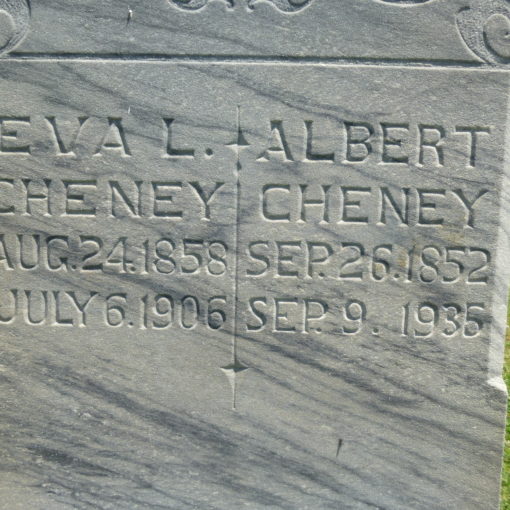
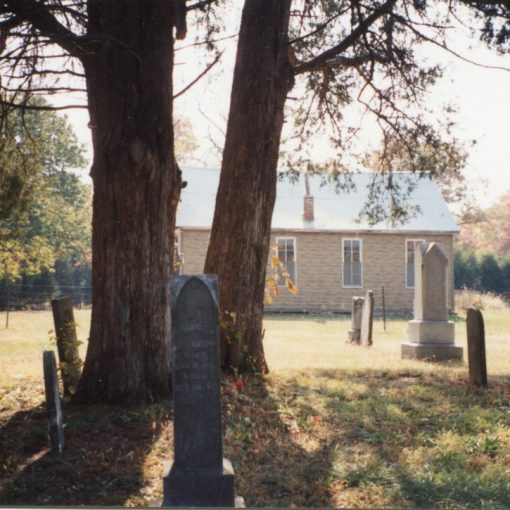
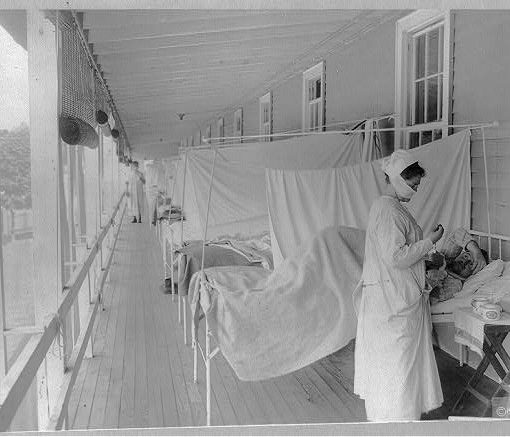
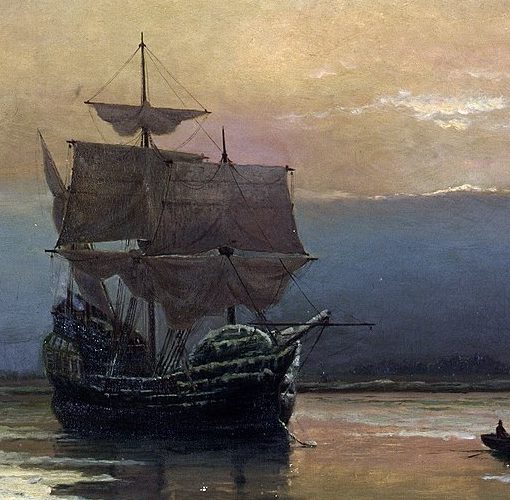
11 thoughts on “Abraham op den Graeff – One of America’s First Slavery Protestors”
Great article! I, too am descended from Abraham through Anneken and Harmon’s son, Edward, Mary’s brother. Like you, I am extremely proud of my op den Graff heritage.
Wonderful…great to know you cousin! I still recall my amazement when I ‘discovered’ these folks and what they had done!
Thank you so much for your research and blog. My husband is a descendant of Abraham Op den Graeff. I appreciate your work! Great story!
Abraham and his family have a fascinating story…I was only able to include parts of it. Thanks for your comments! Give my best to my cousin, your husband!
I just learned that Abraham op den Graeff is my 8th Great-Grandfather, on my Father’s side via Gertien op den Graeff, her daughter Elizabeth Adams and General John Bull…
This is fascinating to me and I would love to learn more! -Hannah Price
Abraham is my 9th great grandfather through my mother’s fathers mother Cora Updegraeff(sp.).
Greetings cousin! Great to make your acquaintance!
Hello! I, as well am a descendant. Abraham is my 7th Great Grandfather.
Welcome, cousin! Very nice to meet you and have you visit.
It’s nice to meet you.
It’s nice to meet you…thanks for visiting